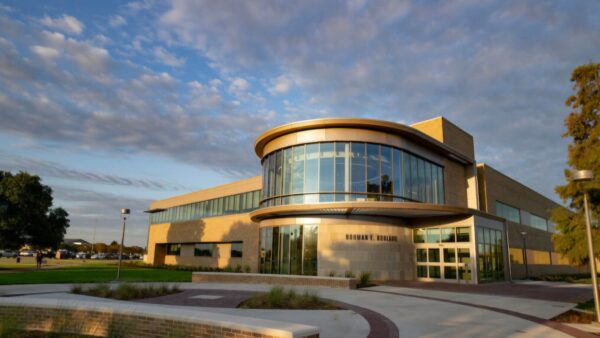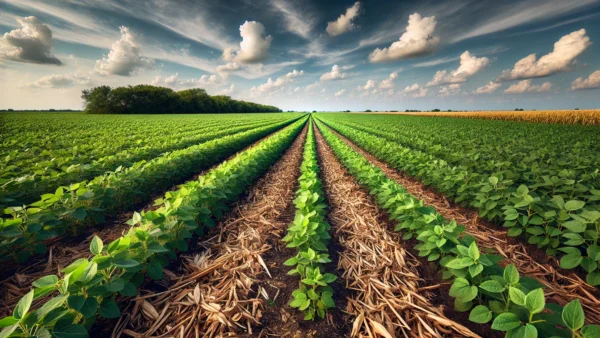Years of surplus seed have kept prices low and the product on store shelves since the 1940s. Explore how Mother Nature might be pushing new products onto store shelves.
As of late June, the online chatter from Missouri farmers might raise the neck hairs of seed purchasers such as Pennington, DLF Pickseed, Scotts and bulk retailers as Mother Nature continued to thwart their efforts to harvest a decent K31 seed crop. In Missouri, farmers had a two- to three-week window prior to the Fourth of July to capture the tall fescue seed crop.
During a good year, the state’s farmers normally produce 50-60 million pounds. In 2013, an exceptional year, they yielded 85 million pounds of K31. Since then, weather has significantly cut yields. From 2014-2016, yields were half of average.
Seed analysts from Pennington predicted that 2017 yields would return to normal, but that didn’t pan out. A record-breaking winter drought coupled with fluctuating spring temperatures, heavy rains and a windstorm that knocked out the first (and biggest) wave of harvestable K31 seed was devastating for the crop. At 20 million pounds, 2017 proved to produce the state’s smallest K31 crop on record.
By the spring of 2018, the product was in short supply on retail shelves. 2018 was not any friendlier to Missouri’s farmers. Drought persisted and left anything that grew withered, resulting in forage shortages for those in the livestock industry. Hay prices were such that (anywhere from $60-$100+ a round bale) farmers opted to cut any grass they did have for hay.
“There used to be a tremendous amount of K31 grown in Kentucky and Missouri,” says Fred Mohr, Seedway’s turf seed business manager. “Today, all the K31 I buy comes off the West Coast because the Midwest hasn’t had a decent crop in the last three to five years.”
During the last two weeks of June, the U.S. Department of Agriculture reported 7.2 days were suitable for field work in the Show-Me State. Despite a really wet spring and flooded river valleys, Missouri growers are coming back into the mix, meaning retai-lers will once again have their shelves stocked with K31, or a blend that includes K31.
According to Pennington, Missouri was home to more than two-thirds of all K31 seed production. In the past, the seed supply regularly outpaced demand, keeping prices low.
While the short seed supply and resulting higher prices has been the root of some mislabeling, Mohr hopes the short K31 supply pushes the crop out of some of the spec documents and moves buyers toward “newer and better” products.
“It’s still popular in the South,” Mohr says. “But out here in the East, no one is putting it on turf anymore. There are a number of cheaper and better-looking products.”












